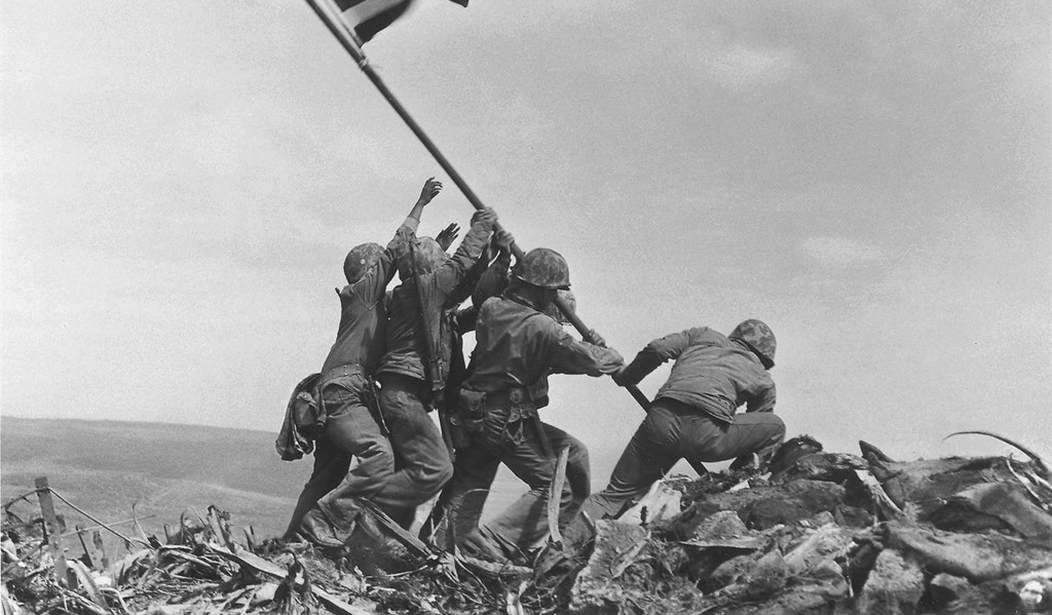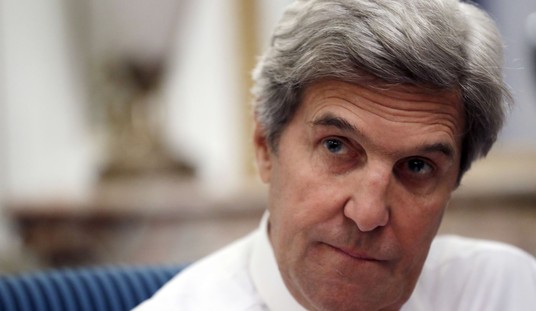“I am a Soldier, I fight where I am told, and I win where I fight.”
— Gen. George Patton Jr.
Today, May 20, is Armed Forces Day 2023. Armed Forces Day falls on the third Saturday of May and is part of Military Appreciation Month. To the millions who have served, or continue to serve, thank you — freedom is never free, and the military has often paid the price so we can enjoy our rights and liberties.
Today, I wanted to share a few stories of little-known military heroes from throughout U.S. history. Several come from the National Museum of the United States Army.
Army hero Bennie G. Adkins’s story is so miraculous and spectacular that it almost seems impossible. Around two thousand North Vietnamese army troops attacked Camp A Shau on March 9, 1966. The camp was housing 17 American Special Forces soldiers, as well as around 400 South Vietnamese Civilian Irregular Defense Group. “Adkins, then a sergeant first class, killed as many as 175 of the enemy and received 18 wounds during the battle. He then led the wounded to an airstrip for evacuation while evading the enemy.” Unsurprisingly, he received a Medal of Honor for his heroic actions. “I’m just the keeper of the medal for those other 16 who were in the battle, especially the five who didn’t make it,” Adkins said of his astounding courage.
Captain John Callendar was ejected from the Revolutionary Army for cowardice but lived to become a hero of the American cause. Last year, I learned the story of John Callendar from a reenactor at George Washington’s Mt. Vernon. At the Battle of Bunker Hill, Callendar and his artillery company fled in panic from the British. He was court-martialed, stripped of rank, and cashiered from the Revolutionary Army. But Callendar’s story didn’t end there. He humbly re-enlisted in the same artillery company which he had previously commanded. At the Battle of Long Island, the British and Hessians killed all the men around Callendar and then charged him with fixed bayonets. Callendar did not budge an inch. He continued to fire until he was captured by the British. Later, he was returned to the Revolutionaries through a prisoner exchange, restored to rank, and served honorably throughout the rest of the Revolution.
Air Force hero Daniel “Chappie” James Jr. was among the original Army Air Corps Tuskegee Airmen when he trained the famous “Red Tails” squadron. He saw his first combat during the Korean War, flying 101 combat missions. During Vietnam, he flew 78 missions as vice commander of the 8th Tactical Fighter Wing. According to Military.com, “In the 8th TFW, he served under none other than then-Col. Robin Olds, including during Operation Bolo, the highest single MiG sweep ever. The duo were so successful, their men nicknamed the team ‘Blackman and Robin.’” James reportedly almost shot Libyan dictator Muammar Gaddafi during a stand-off while he was commanding a U.S. Air Force Base in Libya. Daniel “Chappie” James was the first black American to become a four-star general.
Eddie Rickenbacker is better known than many of the other heroes in this article. The race car driver who taught himself to fly joined the military as soon as the United States joined World War I. Within a year’s time, Rickenbacker had been promoted to officer and had already shot down his fifth enemy aircraft, “earning him the title of ‘Ace.’” A year after that, Rickenbacker was in command of his whole Aero Squadron. “By the time of the Nov. 11, 1918, armistice, Rickenbacker had racked up 26 aerial victories, a record he held until World War II. His tactic was to charge right at enemy flying squads, whatever the odds, winning every time,” Military.com explains. “Rickenbacker was awarded the Distinguished Service Cross with six oak leaf clusters, the Croix de Guerre with two palms, the French Legion d’Honneur and was later awarded the Medal of Honor.”
1st Lt. Sharon A. Lane was the only Army nurse killed in the Vietnam War, “as a direct result of hostile fire.” A rocket hit the ward where she was caring for patients on June 8, 1969, less than 10 weeks after her arrival in Vietnam. She was posthumously awarded the Bronze Star Medal for heroism.
Related: ‘Woke Ideas’: Sen. Tuberville Slams Biden Policy on Military, Abortion, Transgenders
While visiting the Freedom Museum in Manassas, Va., last year, I came across the stories of Navy hero Dorie Miller and Army Air Force (or Army Air Corps) hero William Thomas Anderson. Both performed heroic actions during the Japanese attack on Pearl Harbor that pushed America into World War II, and both died during the war. Mess Attendant Second Class Dorie Miller was on the USS West Virginia that fateful Dec. 7, 1941. Despite enemy strafing and bombing and severe fire, Miller moved his mortally wounded captain to a safer place and then operated a machine gun until he was ordered to leave the bridge. While he survived that day (unlike 66 other sailors who went down with the USS West Virginia), he was on the Liscome Bay when it was sunk by a Japanese submarine on Nov. 24, 1943. He was presumed dead a year later. Miller was the first black American to be awarded the Navy Cross.
Meanwhile, U.S. Army Air Force Corporal and Radio Operator William Thomas Anderson was one of the first casualties of World War II when he was mortally wounded during the Pearl Harbor attack. “While on duty as a radio operator Corporal Anderson voluntarily obtained a sub-machine gun and with utter disregard for his own safety took position in the open field without cover and continued to fire at enemy planes which were bombing and strafing the field, until he was mortally wounded. His unquestionable valor at the cost of his life is in keeping with the highest traditions of the military service.” He was awarded the Certificate of Honor, Army Air Force, the Purple Heart, and Distinguished Service Cross.
Col. William Trimble is known to history not for his battlefield exploits during the Civil War, but for his actions off the battlefield. It was an official policy of the Confederate government for its forces to enslave or kill every “escaped slave,” particularly captured black Union troops. In practice, this meant that the Confederate Army rounded up nearly every black man, woman, and child it could seize (white officers of black Union troops were also ordered executed — see the Retaliatory Act). But when the Confederates took over Harpers Ferry, W.Va., in September 1862, Union Col. Trimble took a firm stand against them, as a sign at Harpers Ferry relates:
[The] Confederates captured the remaining 12,500 Union soldiers. Among them were free black laborers, working for Union Colonel William Trimble’s regiment…Confederate soldiers began dragging the free black laborers away, falsely claiming the Union was ‘stealing their slaves.’ Colonel Trimble shouted ‘My men are unarmed—I am not. Unhand them!’ Then he ordered ‘Regiment march,’ swiftly moving both the laborers and the soldiers past the Confederate guards, down this ramp, and across the bridge to safety in the North.
We all know the famous image of the Marines raising the American flag on the blood-soaked soil of Iwo Jima during World War II, but few people know the names of the Marines in that photo. PFC Ira H. Hayes was a Pima Native American Indian, a U.S. Marine, and one of the men in the world-famous flag-raising photo. Fleet Admiral Chester W. Nimitz said of the Iwo Jima conflict, “Among the Americans serving on Iwo island, uncommon valor was a common virtue.” It is no wonder Hayes and his fellow Marines have inspired people for generations.
Speaking of Iwo Jima, the National Museum of the Marine Corps tells the story of teenaged hero Jacklyn Lucas:
Just a few days after his 17th birthday, Private First Class Jacklyn H. Lucas was creeping through a twisted ravine on Iwo Jima with three other men from his rifle team when they were ambushed by the Japanese. As the men jumped in foxholes, two grenades landed near Lucas. Without hesitation, Lucas threw himself on top of both grenades. One of the grenades exploded wounding Lucas’ right arm and wrist, right leg and thigh, and chest. For his actions, Lucas was awarded the Medal of Honor, making him the youngest Marine and service member to receive the medal in World War II.
America’s Armed Forces are, and always have been, filled with heroes. God bless our troops, and God bless America.










Join the conversation as a VIP Member